
Tea is one of those rare exceptionally beneficial plants that made its way from natural forests to endless farms and into almost every single household. Teas come in a wide variety of flavors and types, each having its own list of uses and health benefits. Many types of teas also play a major role in the cultural heritage of numerous countries and are imbibed into the local traditions and customs, like the Tea Ceremony often seen in Chinese and Japanese weddings. Korean culture has also enjoyed similar ceremonies and has a myriad of traditional teas, the recipes for which have been preserved over centuries. One such tea is Sujeonggwa, a cold-brewed tea that packs a punch both in terms of flavor and health benefits.
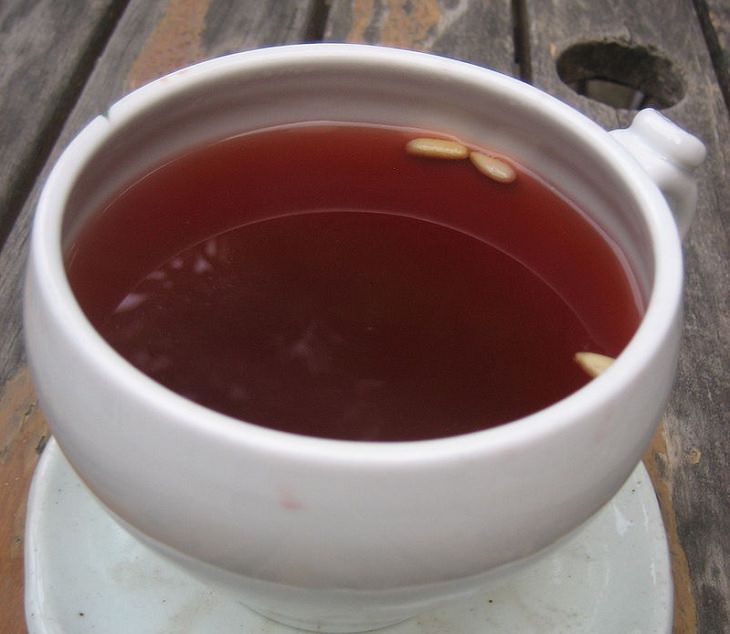
(By gliuoo, Wikimedia Commons)
This delicious tea is commonly served cold and enjoyed post-meals as a dessert because it has properties that aid in digestion. The original recipe makes use of cinnamon, ginger, persimmon, and pine nuts.
Cinnamon is known for its anti-microbial and anti-inflammatory properties. It can also reduce the risk of contracting cardiovascular disease and colonic cancer, and even plays a role in boosting cognitive function. Ginger comes with its own wide array of benefits and has been used for medicinal purposes for ages. It is highly effective in protecting the gastrointestinal tract and helps reduce feelings of nausea.
Persimmon and pine nuts are ingredients that have to be used based on availability. Persimmon has a heavy content of iron and Vitamin C, two important minerals that help boost our immunity against colds and anemia. Pine nuts are full of unsaturated fats, what we call the good fat, which can help improve cholesterol levels and prevent hypertension.
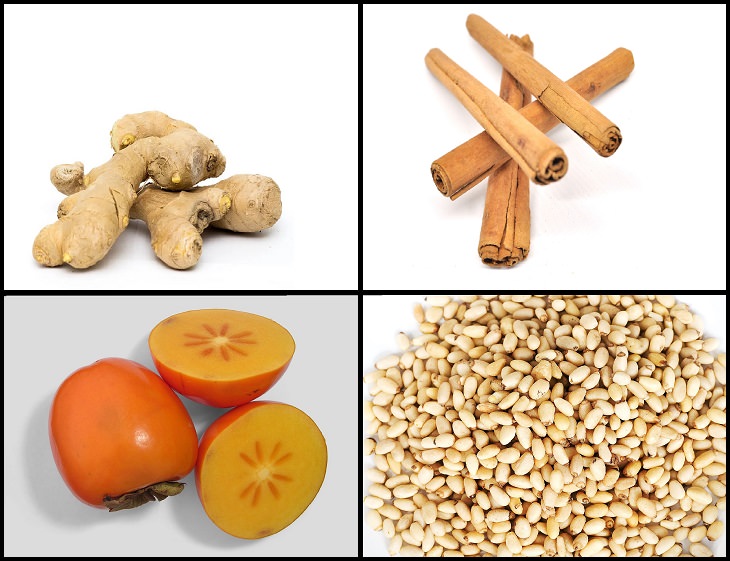
(Ginger: Pixabay, Cinnamon: Équinoxe Madagascar, Wikimedia Commons, Persimmon: Wikimedia Commons, Pine nuts: Flickr)
This recipe has four main ingredients, though use of persimmon is subject to availability and pine nuts, subject to preference. Variants of this tea have also been made with added pumpkin, pears, or selective fruits. All in all, this easy-to-make tea is chock full of all the good things our bodies needs and all the delicious flavors our tongues crave.

(Flickr)
Step 1: Cut the peeled ginger into thin strips. Boil the strips of ginger and cinnamon sticks in the water at a medium-to-high flame.
Step 2: Once the water has boiled, lower the heat to a simmer and let the solution cook for another 40 minutes until it becomes a dark reddish-orange color.
Step 3: Strain the base tea to remove the ginger and cinnamon. Add the sugar and mix it in until it has fully dissolved.
Step 4: Chop dried persimmon (if available) and add to the tea. Chopping the persimmon makes its easier to eat. Allow it to cool for 15-20 minutes, and when it is slightly warm, refrigerate it.
Step 5: Refrigerate the tea overnight before drinking and serve cold in small bowls, ensuring that each bowl has sufficient persimmon. Top each bowl with pine nuts as a garnish and prepare to gorge yourself on this delicious digestive aid!
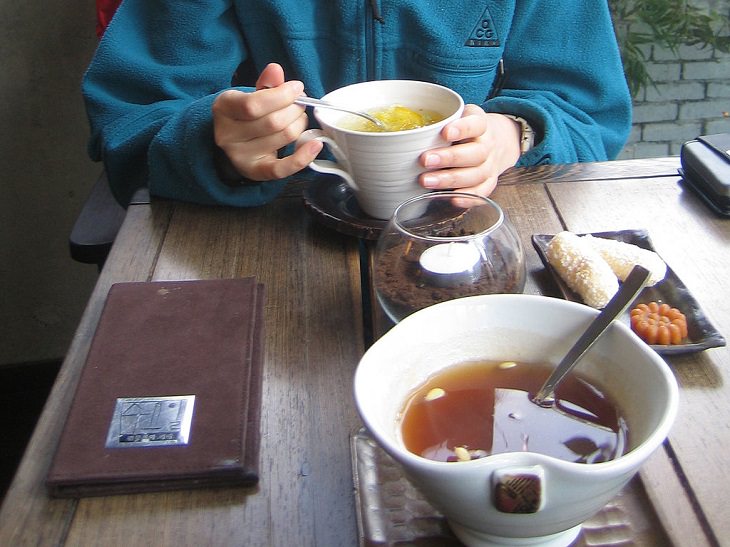
(By Bernat, Wikimedia Commons)
There are numerous other ways to add flavor to this healthy Korean fruit punch. However, this core recipe is still absolutely scrumptious and a thoroughly refreshing post-meal treat. Though it takes a while to prep, you can make a big batch and keep it in the fridge for a few days, so you can enjoy this sweet soupy treat after every dinner.
Share the recipe with family and friends
 12:34
12:34
Enjoy 4 Real Korean Breakfasts Without Leaving the House
Looking to switch up your breakfast? Then you need to see this!
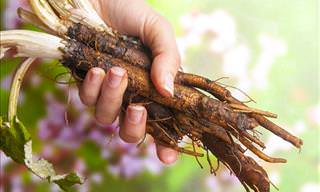
This Root Tea Will Start Your Journey to a Healthier Life
This popular herbal tea is made by steeping the dried root of the burdock plant. Here are 8 health benefits of this delicious brew.
 4:17
4:17
These Mouth-Watering Recipes Are Easy on the Thighs Too!
These 7 recipes are just what the doctor ordered, chock full of vegetables and deliciousness to keep you fit and functional.

You Wouldn’t Expect These Weird Foreign Foods to be Tasty!
From Alaska to Yugoslavia, every country in the world has its own unique cuisine filled with strange but often oddly tasty dishes

5 Dessert Recipes in 5 Ingredients or Less!
Check out these easy and refreshing dessert recipes that use 5 ingredients or less!

8 Absolutely Terrific Things You Can Make With Carrots
Here are a few fantastic recipes that are healthy and easy-to-make, and make sure you get your daily dose of carrots.

Love Ginger Ale? Maybe It's Time You Made Your Own...
2 easy to make recipes for organic ginger ale and ginger beer
 11:48
11:48
Why You Should Never Add Cheddar Cheese To Your Omelet
You can't make an omelet without breaking some eggs, but other than that, how do you make a truly superior omelet every time? This is how...
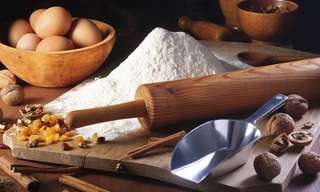
18 Common Baking Mistakes and How to Avoid Them
If you like fresh pastry, but your baking attempts have been less than successful, there's a good chance you're "guilty" of these 18 common baking mistakes.

The KFC Secret Recipe Cat Is Out of the Bag - Here it Is
Colonel Sanders' nephew reveals the original secret recipe for Kentucky Fried Chicken.

Upgrade Your Favorite Foods With this Common Ingredient!
How to use baking soda and drinking soda to upgrade different foods.

Boost Your Immune Health With This Ayurvedic Drink
Check out this wonderful traditional Ayurvedic drink called kadha that is known to boost immunity and fight the cold.

These 5 Foods Will Help You Fall Asleep Immediately
Having trouble sleeping? Here are five foods that can help you out!
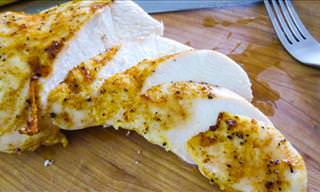
Cook the Juiciest Chicken Breasts Ever With This Recipe
Chicken breasts are easy to cook, but they need to be cooked properly to be enjoyed. This recipe will ensure you cook the tastiest chicken breasts imaginable.

These Delicious Baked Dishes Have Become Family Favorites
These three, heavenly baked dishes have become family favorites in my kitchen. I encourage you to try them out!
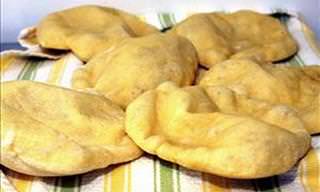
How to Create the Perfect Home Pita Bread
If you've never tried pita bread, then you're missing out! This simple pita bread recipe will make you wonder why you never tried this before!

This Cauliflower Casserole is Comfort Food at its Best
Learn how to make your next favorite casserole recipe, using cauliflower and cheese.

A COLLECTION of Recipes for 12 Delicious Fish Dishes
Humans have been cooking fish for thousands of years, and some countries completely depended on fish for food. We've collected our very best fish recipes here for you to enjoy.

13 Delicious Dishes You Can Make Using a Waffle Iron
I didn't think I could find so many ways to use a waffle iron to create delicious meals.

A Fool-Proof Chili Recipe for Winter Nights!
Here's a classic and delicious chili recipe that can be made in just about an hour!

15 Peculiar Food Combinations That People Actually Love
Take a look at these weird food combinations that sound gross but are actually quite delicious.
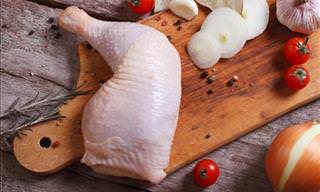
Incredibly Delicious and Easy-To-Make Chicken Dish
A simple recipe which will leave you with mouthwatering chicken every time.
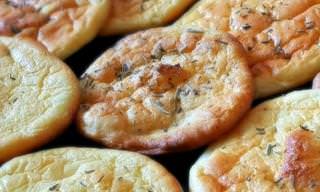
This Has to Be the Most Guilt-Free Bread Recipe Ever!
This cloud bread is carb, gluten and sugar-free. Despite those facts, it's still light, fluffy and utterly mouthwatering. Learn how to bake it today.
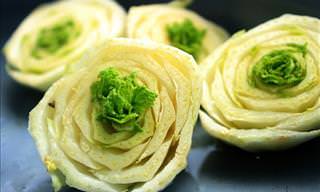
Re-Grow These 10 Vegetables - Just Use Water!
It's amazing how much money you can save by re-growing these 10 favorite vegetables! Follow our tips and instructions to learn more about how you can have a constant supply of your favorite greens, without paying an extra penny.
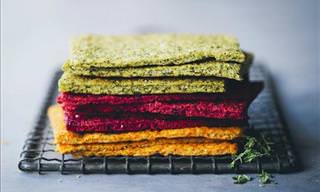
You Won't Believe What This Healthy Bread is Made of...
Wow, have you tried these new veggie flatbread recipes?! They are healthy, tasty, gorgeous and easy. Those are a few of my favorite things.

This Chicken Recipe Will Have Your Taste Buds Thanking You!
Looking for a delicious new and interesting recipe? Try this pineapple and hot pepper chicken and just wait for the compliments to roll in.
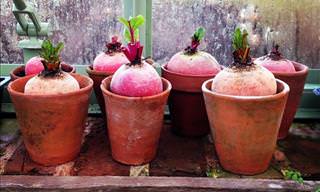
15 Vegetables You Can Grow in a Garden Pot!
If you would love to grow vegetables, but have a limited amount of space, then we have just the solution for you - vegetables you can grow in a pot.

Cooking Mistakes: Keep These Foods Out of the Microwave!
It may seem like a good idea to reheat the following foods in microwave, but doing so could actually be a health hazard. Read on to learn more.

10 Vegetables and Herbs To Buy Once and Re-Grow Forever...
Some parts of vegetables and herbs that you don't normally use and just throw away can actually be used to re-grow themselves time and again. Find out more.
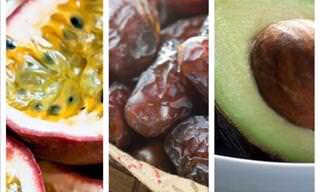
You Do Not Need Outdoor Space to Grow These Common Fruits
You do not need any outdoor space to grow these delicious, common fruits.
 6:07
6:07
These Quick Snacks Are Proven To Be Healthy and Cheap
A video from John Hopkins University shows us that healthy food doesn't have to be a burden on your bank account or your watch. These easy and affordable snacks can help keep you moving.
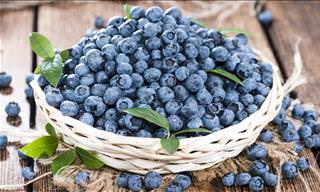
These 10 Superfoods Are Extremely Beneficial to Our Health
These 10 Superfoods are extremely good for you. Read on to find out what they are and how they are beneficial to our bodies.
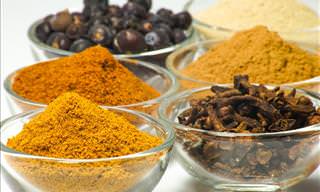
This Spice Cheat-Sheet Gives the Full Delicious Picture
This spice chart allows you to maximize the taste of any meal.
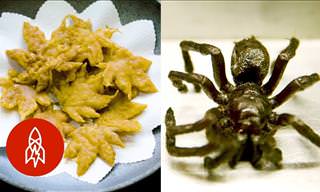 10:37
10:37
You Deep Fried WHAT? Weird Fried Foods and More
Have you ever tried fried maple leaves? Or a deep fried scorpion? Watch people prepare these weird meals and a few more traditional ones, too

6 Delicious Tuna Recipes You Just Have to Try
Fish dishes are an easy and great way to provide ourselves and people close to us fast and healthy meals full of protein and amino acids. These 6 different recipes use tuna fish in its many forms!

This Delicious Bread Has No Carbs, No Gluten and No Sugar
Known as cloud bread, this carb and gluten free bread is soft, airy and fluffy, and so delicious, it practically melts in your mouth. All you need are three ingredients to make it - let's take a look.
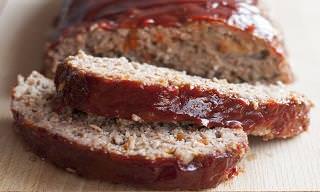
Make Delicious Meatloaf Using This Simple Recipe!
This recipe teaches you how to make the most tender, most delicious meatloaf that you have ever had.

5 Best Meal Planning Sites to Save Time, Money, and Energy
These meal preparation websites will help you cook a week’s food in advance.
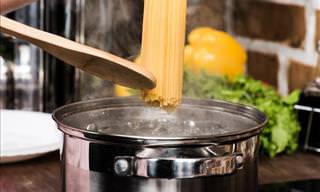
An Italian's Secret to Making the Best Pasta
Follow these tips to prepare an excellent plate of pasta.

For a Twist on Carrot Cake, Try These Bite-Sized Cookies
For a delicious twist on carrot cake, try these cookie bites! Perfect for an afternoon snack.

After Reading This, You'll Never Buy Expensive Meat Again!
Do you know what the major difference between a cheap and an expensive cut of meat is? Here are 5 effective methods of making tough cuts of meat taste absolutely heavenly!
 1:39
1:39
An Innovative Twist Using Eggs for a Healthy Breakfast Idea
Eggs are one of my favorite food. They are so versatile and can be used in a number of ways. Check out this innovative recipe.
 5:36
5:36
This is How You Make Delicious Home-Made Hummus
Hummus is delicious, and you'll be surprised how easy it is to make your own.
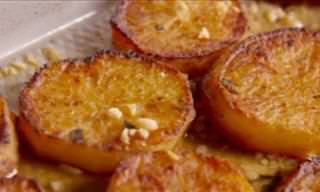
We Bet You've Never Tasted Potatoes As Delicious As These
These are the best potatoes you have ever tasted!

The 12 Best Foods for Your Abs!
Introducing the 12 best foods to burn excess stomach fat and keep your body trimmed and thin.

3 Glasses of Sunshine: Drink Recipes for the Hot Weather
Spring and summer are on their way, so what better time than to start perfecting your drink making skills. These sunny juices will quench your gaping thirst.

Consuming Too Much of These Healthy Foods Can Be Deadly
While they may appear to be healthy on the surface, you may be surprised to discover just how fatal these 6 foods can be.


